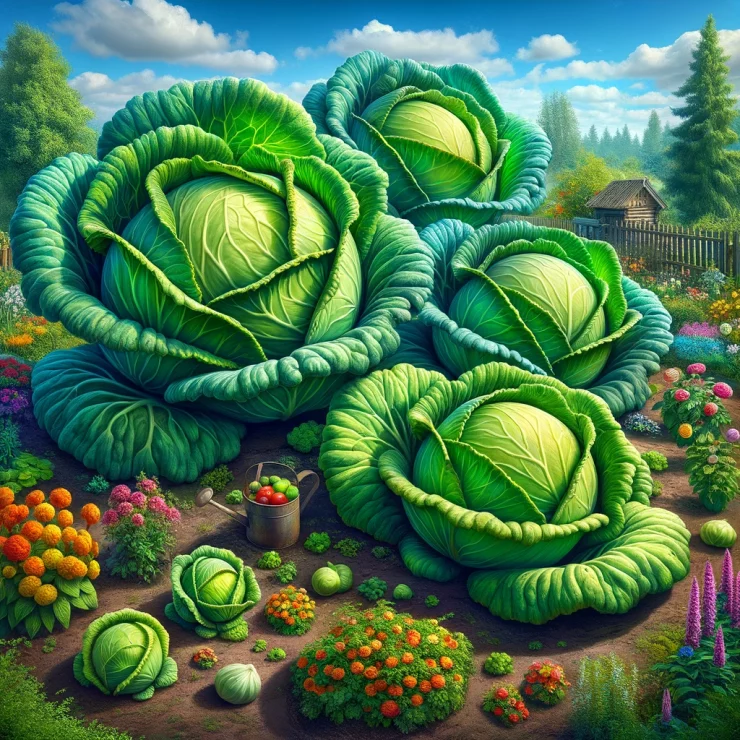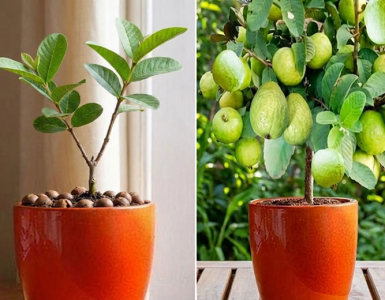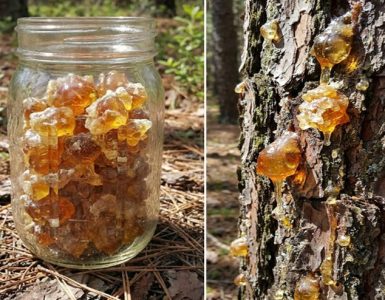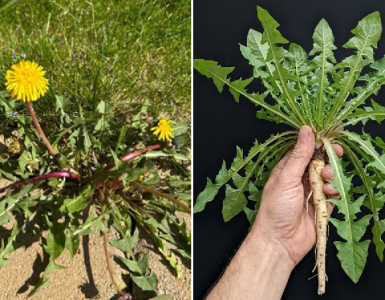Cabbage, with its robust leaves and versatility in the kitchen, is a staple in many gardens. But what if you could take your cabbage game to the next level and grow giants? Imagine the satisfaction of harvesting massive heads of cabbage that dwarf the standard ones you find in stores. With a few insider tips and a little know-how, you can turn this dream into a reality. Here’s how to grow giant cabbages using some top-secret techniques that not everyone knows about.
1.Start with the Right Variety: Not all cabbage varieties are created equal when it comes to size. If you’re aiming for giant cabbages, look for varieties specifically bred for their large heads. Some popular choices include ‘Stonehead,’ ‘Goliath,’ and ‘Giant Flat Dutch.’ These varieties are known for their potential to produce colossal cabbages.
2.Optimal Growing Conditions: Giant cabbages thrive in cool weather, so plan your planting accordingly. Aim to plant them in early spring or late summer for the best results. Ensure they receive at least six hours of sunlight daily and plant them in nutrient-rich, well-draining soil. Cabbages are heavy feeders, so consider adding compost or organic fertilizer to the soil before planting.
3.Spacing Is Key: Give your giant cabbages plenty of room to spread out and grow. Space them at least 18-24 inches apart to allow for proper airflow and nutrient uptake. Crowding can stunt growth and increase the risk of disease, so don’t skimp on space.
4.Water Wisely: Consistent watering is essential for cabbage growth, but overwatering can be just as detrimental as underwatering. Keep the soil consistently moist but not waterlogged. Aim to water at the base of the plant to avoid wetting the leaves, which can lead to fungal diseases. Mulching around the base of the plants can help retain moisture and regulate soil temperature.
5.Feed Regularly: Giant cabbages require ample nutrients to support their rapid growth. Consider feeding them with a balanced fertilizer every two to three weeks during the growing season. Look for fertilizers specifically formulated for vegetables, and follow the instructions carefully to avoid overfertilizing, which can harm the plants.
6.Monitor for Pests and Diseases: Keep a close eye on your cabbage plants for any signs of pest infestations or disease. Common pests include cabbage worms, aphids, and cabbage loopers, while diseases like clubroot and black rot can also pose threats. Take proactive measures such as handpicking pests, using insecticidal soap, and practicing crop rotation to minimize these risks.
7.Provide Support: As your giant cabbages grow, they may become top-heavy and prone to tipping over. Provide support by gently tying them to stakes or using a cabbage cage to help them stay upright. This extra support can prevent damage to the heads and ensure they continue to grow to their full potential.
8.Patience Is Key: Growing giant cabbages takes time and patience, so don’t expect overnight results. Depending on the variety and growing conditions, it can take anywhere from 80 to 180 days for cabbage heads to reach their full size. Be patient, continue to provide proper care, and soon you’ll be rewarded with giant, impressive cabbages that will be the envy of your neighborhood.
Growing giant cabbages is not as mysterious as it may seem, but it does require attention to detail and a little insider knowledge. By following these top tips and secrets, you can maximize your chances of growing massive cabbage heads that will impress friends and family alike. So roll up your sleeves, get your hands dirty, and embark on the journey to cabbage greatness!






Add comment